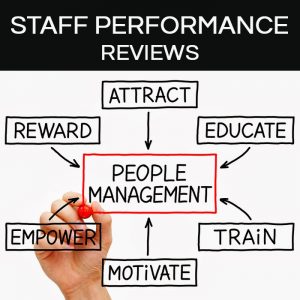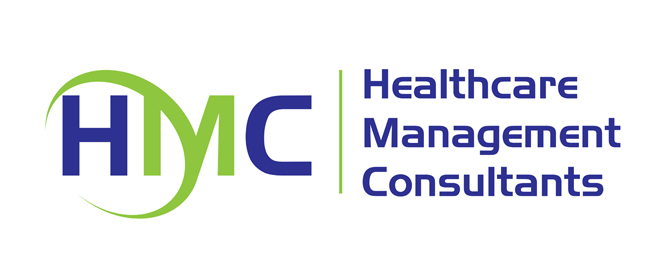One of the most difficult responsibilities that a manager must take care of is conducting performance reviews for his or her employees.
 How many times do you think this responsibility is dreaded or intentionally overlooked? I would suspect more times than we can possibly count!
How many times do you think this responsibility is dreaded or intentionally overlooked? I would suspect more times than we can possibly count!
The workforce management world was rocked in recent months when two major U.S. employers (Accenture and GE) announced that they would abolish annual performance reviews for their employees. They were replaced with review systems and procedures that provide timely performance feedback from managers rather than waiting for the dreaded annual performance review. In fact, more than 90% of academic studies have shown that once-a-year reviews and appraisals are ineffective. According to The Washington Post, nearly 10% of Fortune 500 companies have already abandoned annual reviews for their employees. So, the question is that if annual performance reviews have fallen out of favor and are potentially ineffective, what is the best way to provide job performance feedback?
Outright replacement of your performance review process may not be the right option for your practice, but you can very likely improve the process significantly.
Following are some performance review tips that will help make this important opportunity the best possible experience for you and your team members:
The most effective managers discuss both positive performance and areas for improvement regularly.
Your employees should never hear about positive performance or performance in need of improvement for the first time at your “formal” performance discussion meetings unless it is new information or insight that needs to be shared.
In the interest of providing regular constructive feedback, performance reviews should not be an annual event.
Research indicates that the most effective performance review meetings are scheduled quarterly with employees.The most effective managers actually “coach” employees and their performance by providing
The most effective managers actually “coach” employees and their performance by providing real-time feedback. This will require a level of communications skills that is seen as motivating and positive rather than micromanaging.
No matter the components of your performance review process, the first step is goal setting.
It is imperative that the employee knows exactly what is expected of his or her performance and goals that are expected to be achieved. The starting point for this discussion is to refer to the employee’s job description.
Always make certain that your practice’s job descriptions are up-to-date and understood by your employees. Job descriptions should be reviewed on a regular basis to make certain that everyone is clear on the expectations for the job.
This practice will help minimize or even eliminate misunderstandings about what the job expectations actually are.
Try to avoid what is known as a “horns and halo effect” in which everything discussed in the performance review meeting is focused on recent negative and positive performance incidents.
In other words, be sure to focus on the “big picture” related to your employee’s performance as it has occurred since the last review meeting.
Prepare for the performance discussion with your employee. Never go into a performance review or discussion without preparation.
If you wing it, the employee can tell and it will be a major de-motivator for both of you. Be sure to take the time to prepare and make this valuable interaction with your employee a positive one. Even if negative performance issues are discussed, you can still make this a productive and positive experience for you and your employee.
In fact, this can be a great opportunity to enhance your relationship and build trust. If your sincere intention is to help the employee to improve, a potentially difficult conversation can be easier and more effective for both of you.
If your practice uses a form to document a performance review, be sure to give a copy of the review form to your employee a few days in advance of the meeting.
It also helps to encourage the employee to complete the form themselves and bring it with them to the meeting. Also, encourage your employee to think about and be prepared to identify personal and professional goals they would like to achieve.
The starting point for this discussion is for you and your employee to identify ways that they could become more valuable for the practice. That will certainly encourage a higher level of preparation and likely result in a more meaningful and effective discussion.
Keep in mind that the majority of ideas related to identifying personal and professional goals should come from the employee. This will help ensure their ownership of the goals and personal commitment to their achievement.
When you meet with the employee, be sure to spend time on the positive aspects of his or her performance.
In most cases, the discussion of the positive aspects of an employee’s job performance should take up more time than any negative aspects.
Important Note: If you don’t find this to be the case with an employee, you may likely have someone on your team who does not belong there!
Understand that your high performing employees crave feedback and suggestions for improvement.
For your above-average to excellent performing employees, positive feedback and discussion about how the employee can continue to develop personally and professionally should comprise the majority of the discussion.
The employee will find this type of feedback rewarding and motivating. You very likely will as well!
If you have any questions or need guidance with your performance review process, please contact our certified Human Resources professional, Tim Norris, at 704-636-7828 or via email.





Tina English
Practice Manager / Matthews Internal Medicine